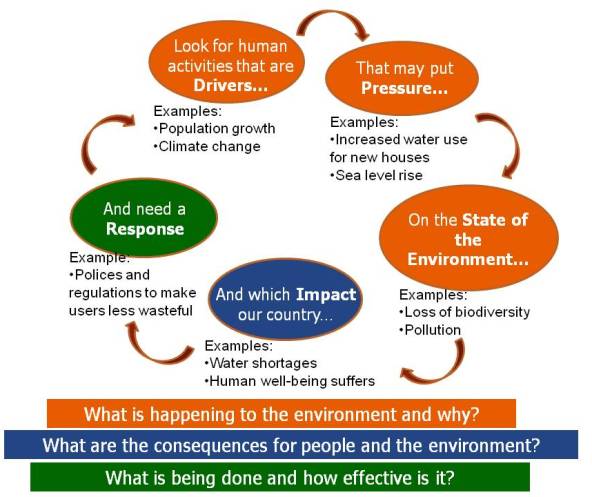The State of the Environment (SOE) reporting process is an important tool for environment planning and management. SOE monitoring and reporting plays a vital role in tracking changes in the total environment in terms of (a) impacts of social and economic development pressures; (b) consequences of those changes on human and environmental well-being; and (c) future sustainable development options. An SOE report can therefore be used to strengthen the environmental sustainability of national development plans and policy decisions. The SOE process can be carried out at national, regional and global level.
The SOE process can also become an effective system for streamlining the monitoring and reporting requirements under Multilateral Environmental Agreements (MEA). Pacific countries completed their first national SOEs in the mid-'90s, followed by national assessments on the state of key environmental themes such as climate change, biodiversity, lands and water.
The Integrated Environmental Assessment (IEA) process has emerged as an important tool to broaden the SOE to include the social and economic context and guide future planning for sustainable development. It aims to answer five basic key assessment questions:
1. What is happening to the environment and why?
2. What are the consequences for the environment and human well-being?
3. What is being done and how effective is it?
4. Where are we heading?
5. What actions could be taken for a more sustainable future?

These five questions are assessed using the Drivers-Pressures-State-Impact-Response (DPSIR) analytical framework. Scenario modelling is also used for future options.
Countries have also been engaged in other key environmental assessment processes such as the global Millennium Ecosystem Assessment (MA). These strengthen the IEA process by including the assessment of state and trends of their ecological services.
What we do
SPREP is strengthening national capacity in IEA processes national and regional systems in is to strengthen national SOE monitoring and reporting systems through effective IEA systems and building an effective regional system.
top
banner
main